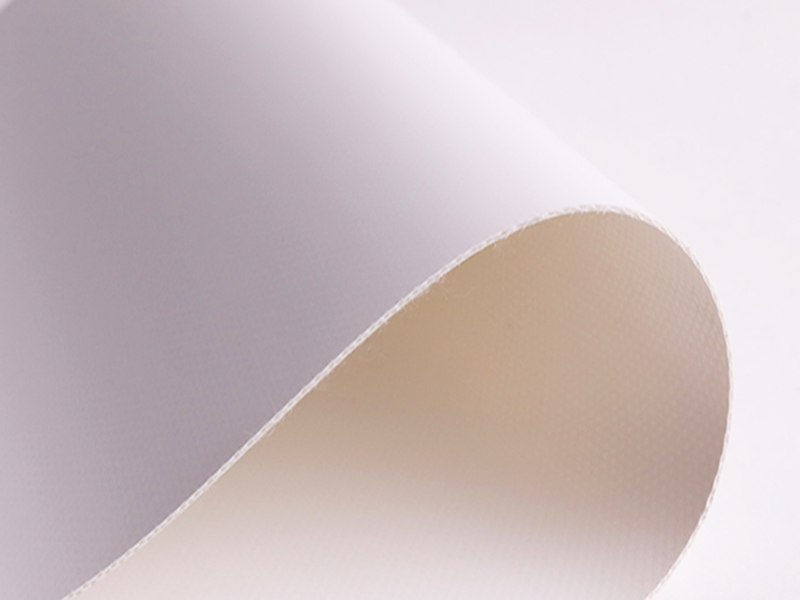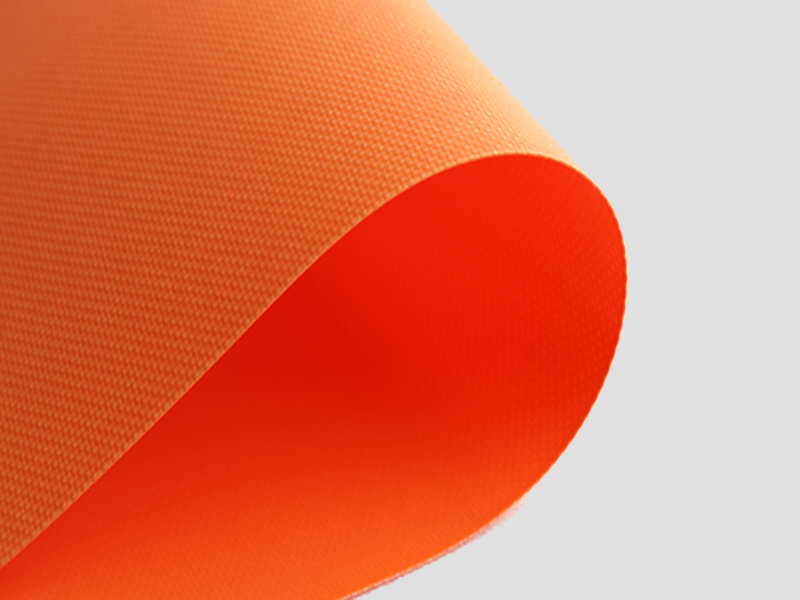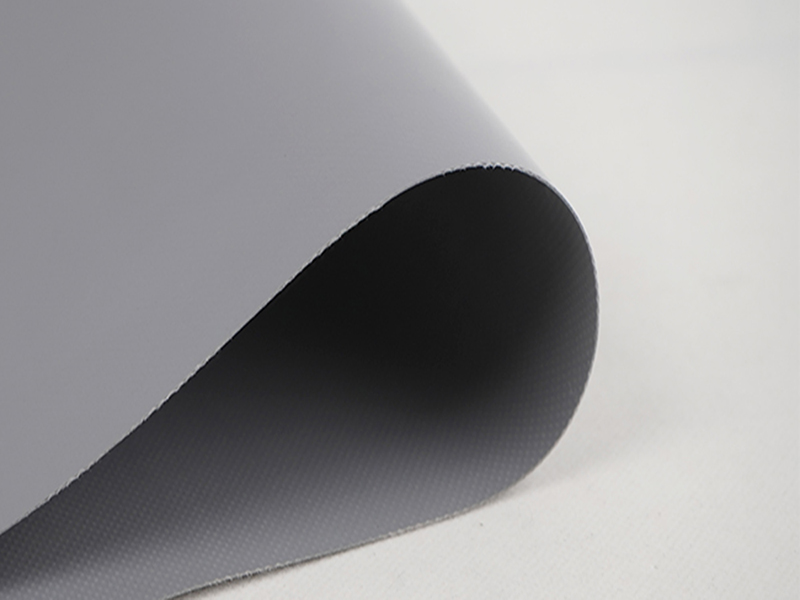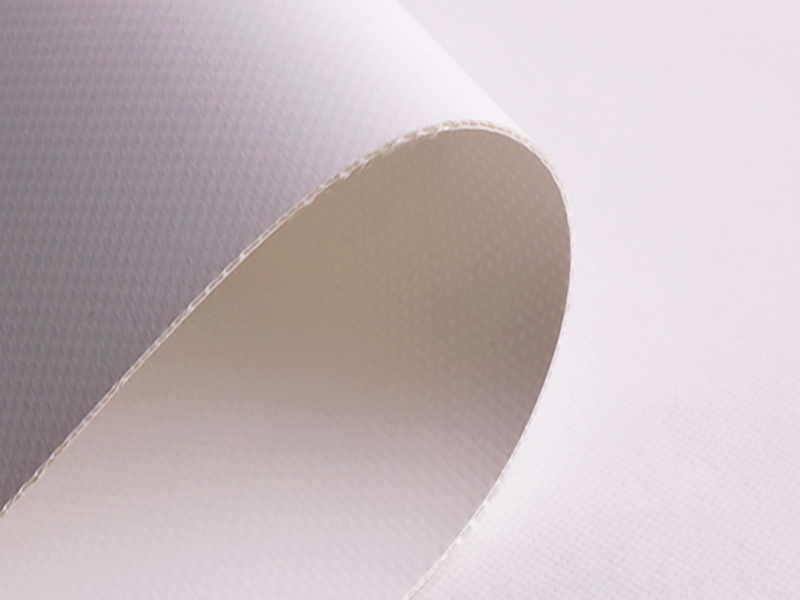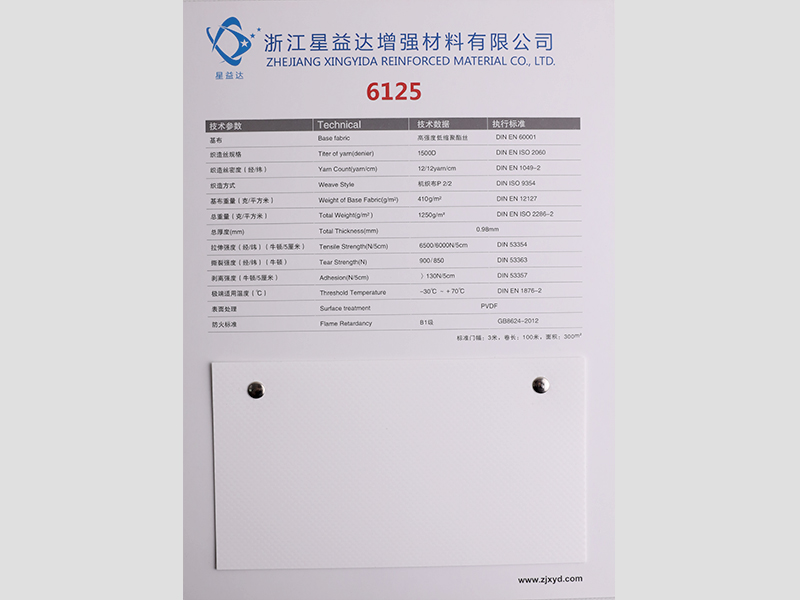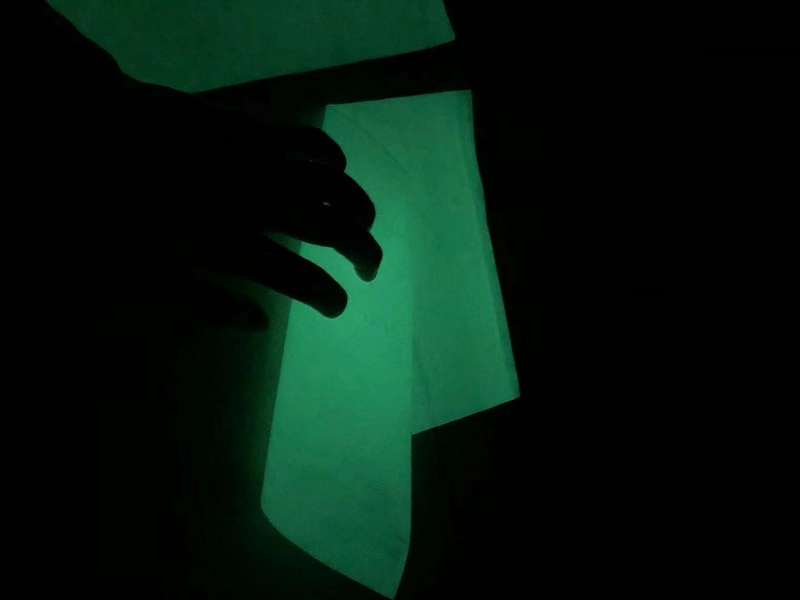Some plastic PVC tarpaulins, in some cases, do not have the function of waterproofing, and in some cases, it is required to have a waterproof function. Therefore, it needs to be waterproofed. However, what are the commonly used methods for waterproofing?
(1) Lacquer wax waterproof treatment method: After using this method, its waterproof effect is good, and its service life is long. It is one of the many methods used now.
(2) Adopt aluminum soap waterproof method: This method is waterproof, but it is not durable.
(3) Use organic silicon waterproofing agent treatment method: it has good waterproof effect, good hand feeling, long service life, good air permeability, and good weather adaptability, which is the most advanced treatment method now.
(4) Use quaternary ammonium waterproofing agent treatment method: this method has better waterproof effect.
(5) Resin derivative water repellent agent treatment method: this type of water repellent is a mixture of fatty acid, fatty alcohol, etherified methyl resin and ozokerite (water repellent view). Its waterproof effect is good, the service life is average, and the processing technology is more complicated.
(6) Water repellent Ac treatment method: This type of water repellent is a stearate compound of chromium chloride and aluminum chloride. It has good waterproof effect, long service life, good hand feeling, good air permeability and low processing cost.

(7) Water-proof treatment of chlorosulfonated polyethylene. This kind of waterproofing agent has good waterproof effect, long waterproof life and wide adaptability to climate. However, the waterproofing agent has high cost, unsuitable tarpaulin, and xylene occurs during processing, which pollutes the environment. Generally speaking, waterproof and breathability have certain opposites: a fabric has good waterproof function, then its breathability function is poor; conversely, a fabric has good breathability function, then its waterproof function is poor, and in order to solve this problem , Plastic tarpaulin manufacturers now commonly use the following two methods:
One is to make the waterproof coating of the fabric perforated, the pore size is 200-500 microns, and a certain substance is implanted in the hole. The implant absorbs and swells and blocks the hole when it is waterproof (rain), preventing water from flowing Passing through the hole, when the water is not released (it is fine), the opening of the hole is shortened by loss of water, allowing air to pass through the hole, so that the knife is waterproof and breathable.
The second is to make the waterproof layer of the fabric perforated, with a pore size of 100 microns or less, allowing only air to pass through the holes, and not allowing water to pass through the holes, so as to achieve the purpose of waterproof and breathable.





